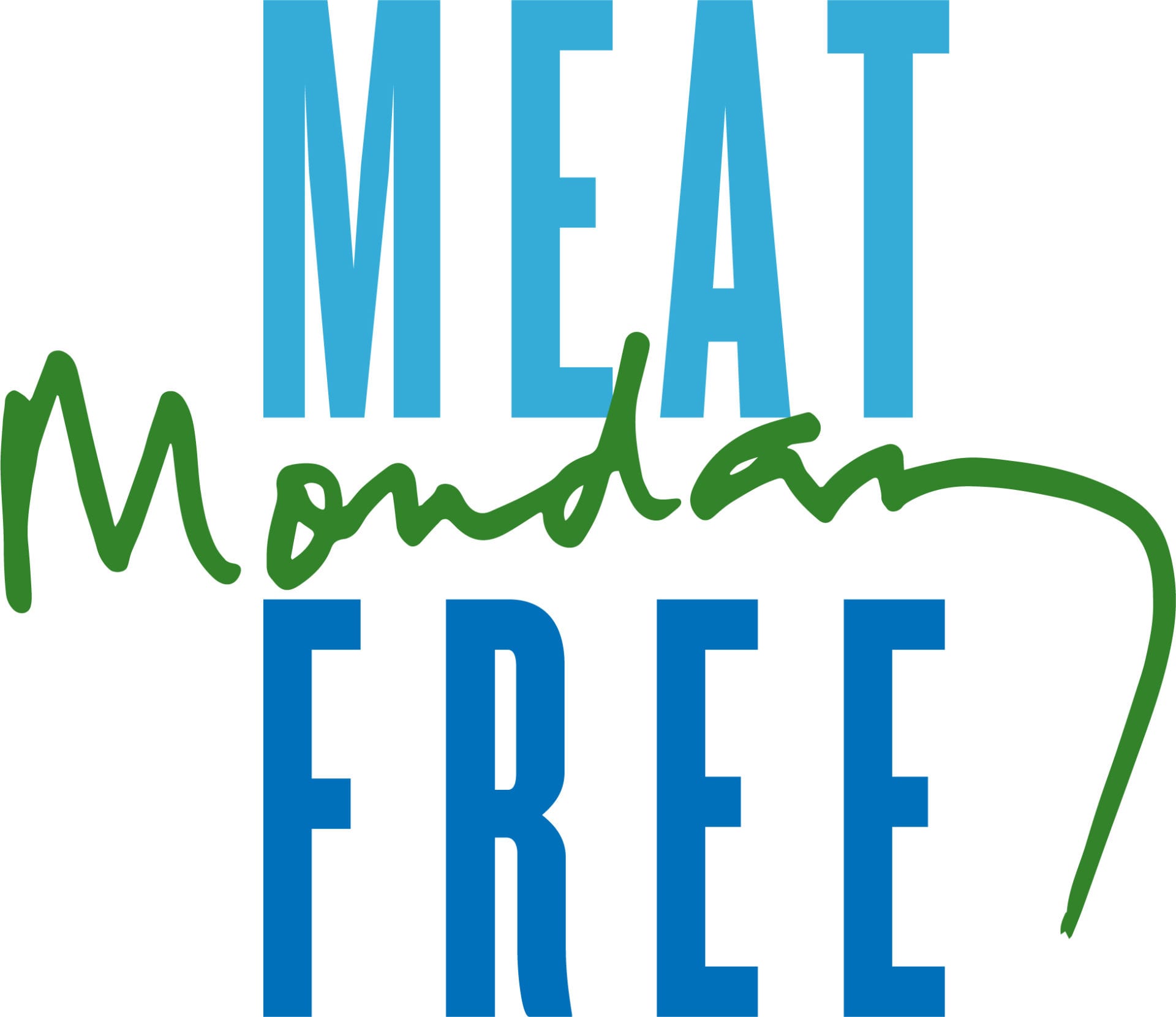Compared to 2010, meat will be an average of 6-7 per cent more expensive in 2011 – the biggest annual gain since 2004 – according to the US Department of Agriculture (USDA) food inflation forecast.
The price hike is a consequence of shrinking livestock herds and increasing demand from rapidly industrialising countries, whose increasingly wealthy populations aspire to high-protein western lifestyles. Meat consumption is a marker of prosperity in many cultures.
Economist Richard Volpe of the USDA’s Economic Research Service (ERC) says cattle and hog prices are very high and numbers of cattle in particular are at lows unseen since the 1950s.
The issue is exacerbated by high US unemployment, a weak dollar (which makes cheaper US goods and products an attractive proposition for importing countries) and oil at $100+ a barrel, its highest level since 2008.
“Fuel prices are up, which increases production as well as shipping costs,” says Volpe. “The effect is especially strong for meats, because fuel price increases increase the price of feed on top of everything else.”
As well as significant price hikes for meat and dairy products, the cost of fruit and vegetables is also rising, according to the ERC. Prices for food consumed at home are also forecast to rise 3.5-4.5 per cent this year, the largest gain since a 6.4 rise in 2008.
